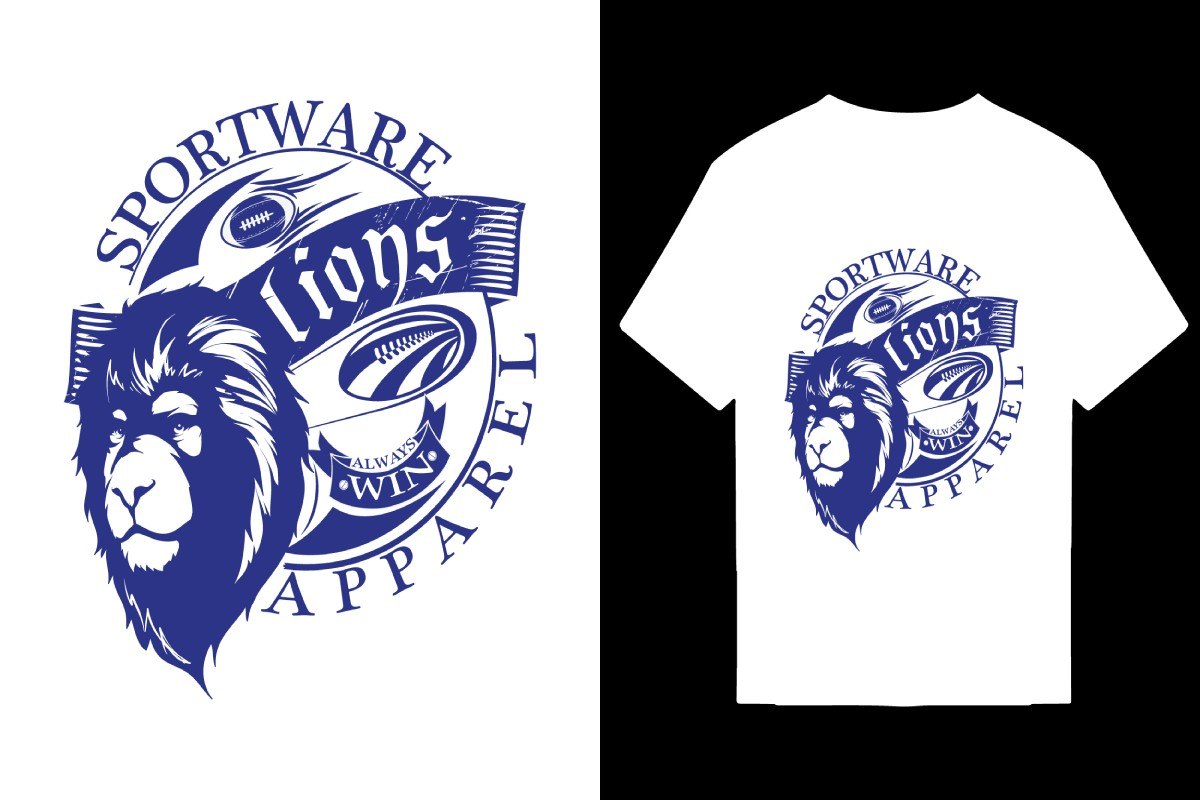
DTF Transfer Sheets: What You Must Know
What Are DTF Transfer Sheets?
DTF transfer sheets are specialized films used in DTF transfers to print designs before applying them to fabric. Unlike traditional heat transfer vinyl or sublimation paper, these sheets hold high-quality pigment inks and adhesive powder, allowing for vibrant and durable prints. The quality of the transfer sheet directly affects the final print, making it essential to choose the right one for your DTF printing needs.
How DTF Transfer Sheets Work
The process of using DTF transfer sheets involves printing a design onto the sheet with a DTF printer. After printing, an adhesive powder is applied to the wet ink, which is then heat-cured to activate the bonding agent. Once cured, the sheet is placed on fabric and heat-pressed, transferring the design onto the material. After peeling the film away, a vibrant, long-lasting print remains on the fabric.
Types of DTF Transfer Sheets
There are different types of DTF transfer sheets designed for various applications. Cold peel sheets require cooling before peeling, resulting in a smooth and soft finish. Hot peel sheets allow for immediate peeling after pressing, making production faster but sometimes affecting durability. Glossy sheets enhance color vibrancy, while matte sheets provide a more subtle, natural look. Selecting the right sheet depends on your desired finish and production speed.
Choosing High-Quality DTF Transfer Sheets
Not all DTF transfer sheets are created equal. High-quality sheets ensure proper ink absorption, easy peeling, and strong adhesion. Look for sheets that support high-resolution printing and maintain ink vibrancy. Cheaper or low-quality sheets may lead to weak adhesion, faded colors, or difficulty in peeling. Testing different brands and choosing reliable suppliers will help you achieve consistent and professional results.
Common Issues with DTF Transfer Sheets and How to Fix Them
Several problems can arise when using DTF transfer sheets. If the sheet sticks to the fabric after pressing, incorrect peeling time or pressure settings may be the cause. If colors appear dull, low-quality film or improper printer settings could be affecting the output. Uneven adhesion or peeling after washing may result from using an incompatible heat press temperature. Troubleshooting these issues ensures high-quality, long-lasting DTF transfers.
Best Practices for Storing and Handling DTF Transfer Sheets
Proper storage and handling of DTF transfer sheets maintain their effectiveness and quality. Keep sheets in a dry, cool environment away from direct sunlight to prevent warping or ink degradation. Store them flat to avoid curling, which can interfere with printing and alignment. If using multiple sheets, handle them carefully to prevent dust and debris from affecting the print surface. These simple precautions help ensure smooth transfers and professional results.
Comparing DTF Transfer Sheets to Other Transfer Methods
When compared to heat transfer vinyl and sublimation, DTF transfer sheets offer greater versatility. Unlike sublimation, which only works on polyester, DTF transfers adhere to cotton, polyester, and blends. Unlike vinyl, which requires cutting and layering, DTF allows for detailed, full-color designs in a single step. These advantages make DTF transfer sheets a preferred choice for many businesses and individuals.
Conclusion
DTF transfer sheets play a crucial role in the success of DTF transfers, impacting print quality, durability, and ease of application. Choosing the right type, ensuring proper handling, and using high-quality sheets will lead to better results. By understanding how they work and troubleshooting common issues, you can maximize the efficiency of your DTF printing process and create vibrant, long-lasting designs.
FAQ
- What are DTF transfer sheets used for?
- DTF transfer sheets are used to print designs before transferring them onto fabric using heat and pressure.
- How do I choose the best DTF transfer sheet?
- Look for high-resolution, durable sheets that support vibrant ink colors and easy peeling.
- What is the difference between hot peel and cold peel DTF sheets?
- Hot peel sheets can be removed immediately after pressing, while cold peel sheets need to cool for a smoother finish.
- Why is my DTF transfer sheet not peeling correctly?
- Incorrect temperature, pressure, or peeling technique may be causing adhesion issues.
- Can I reuse a DTF transfer sheet?
- No, DTF transfer sheets are single-use and cannot be reused after printing.
- Do DTF transfer sheets work on all fabrics?
- Yes, DTF transfers work on cotton, polyester, blends, and even some non-fabric surfaces.
- How should I store DTF transfer sheets?
- Store in a cool, dry place away from sunlight and humidity to maintain quality.
- Can I use a regular printer for DTF transfer sheets?
- No, you need a DTF printer with pigment-based inks for proper printing.
- What causes colors to fade on DTF transfer sheets?
- Low-quality film, incorrect heat settings, or improper curing can cause fading.
- Are DTF transfers better than heat transfer vinyl?
- DTF transfers offer more detail, color vibrancy, and material versatility compared to vinyl.






